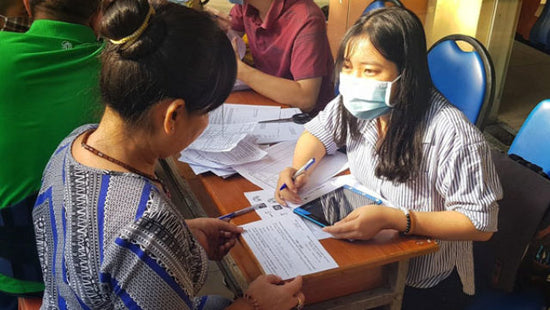-
Bioclin Fast Dengue NS1 (Professional)
Vendor:Bioclin / Quibasa Química Básica LtdaRegular price $0.00Regular priceUnit price per
Collapsible content
What is dengue?
Dengue is a viral infection caused by the dengue virus (DENV), transmitted to humans through the bite of infected mosquitoes.
About half of the world's population is now at risk of dengue with an estimated 100–400 million infections occurring each year.
Dengue is found in tropical and sub-tropical climates worldwide, mostly in urban and semi-urban areas.
While many DENV infections are asymptomatic or produce only mild illness, DENV can occasionally cause more severe cases, and even death.
Prevention and control of dengue depend on vector control. There is no specific treatment for dengue/severe dengue, and early detection and access to proper medical care greatly lower fatality rates of severe dengue.
(WHO 2022)
Where is dengue found?
The incidence of dengue has grown dramatically around the world in recent decades, with cases reported to WHO increased from 505 430 cases in 2000 to 5.2 million in 2019. A vast majority of cases are asymptomatic or mild and self-managed, and hence the actual numbers of dengue cases are under-reported. Many cases are also misdiagnosed as other febrile illnesses (1).
One modelling estimate indicates 390 million dengue virus infections per year of which 96 million manifest clinically (2). Another study on the prevalence of dengue estimates that 3.9 billion people are at risk of infection with dengue viruses.
The disease is now endemic in more than 100 countries in the WHO Regions of Africa, the Americas, the Eastern Mediterranean, South-East Asia and the Western Pacific. The Americas, South-East Asia and Western Pacific regions are the most seriously affected, with Asia representing around 70% of the global disease burden.
(WHO 2022)
1. Bhatt, S., et al., The global distribution and burden of dengue. Nature, 2013. 496(7446): p. 504–507.
Why diagnose denge?
Laboratory confirmation of dengue virus infection is important. Although in practice diagnosis is often made by clinical signs and symptoms only, dengue in its febrile phase cannot be clinically differentiated from other vector-borne viral and parasitic diseases, such as malaria, chikungunya and Zika fever.
Diagnosis may involve detection of the virus, viral nucleic acid, antigens or antibodies, or a combination of these entities. Laboratory tests using NS1 (non-structural protein 1) antigen can provide early diagnosis in febrile patients. After the onset of illness, the virus can be detected in serum, plasma, circulating blood cells and other tissues for 4-5 days. During the acute stage of the disease, virus isolation, nucleic acid or antigen detection can be used to diagnose the infection. At the end of the acute phase of infection, serology is the method of choice for diagnosis. Serological assays to detect specific immunoglobulin M (IgM) or immunoglobulin G (IgG) antibodies to dengue virus are widely available and can provide an alternative to virus isolation or polymerase chain reaction to support the diagnosis of dengue fever. First-time (primary) dengue virus infections typically have a stronger and more specific IgM response; subsequent (secondary) infections show a weaker IgM response but a strong IgG response. These differing IgM response patterns to infection underscore the need to evaluate the sensitivity and specificity of commercially available tests, especially for diagnosis of secondary dengue virus infections.
Currently, dengue is one of the most important epidemic infectious diseases of humans. Major epidemics in large tropical urban centres are caused by all four serotypes and result in significant morbidity and mortality, especially in resource poor countries where they often strain primary health care and create chaos as hospitals and clinics become overloaded with patients.
(WHO 2022)
Useful links
-

Fever & malaria programme at FIND
Read moreWe are working to improve diagnosis of febrile illnesses to reduce deaths from fever and malaria.
-

WHO Global Strategy for dengue prevention and control, 2012–2020
Read moreEpidemics of dengue result in human suffering, strained health services and massive economic losses. In some countries, the burden of dengue is comparable to that of tuberculosis and other communicable diseases with high disease burdens; unexpected surges in cases and the challenge to health systems of triaging thousands of cases without knowing which severe cases will require hospital care are additional challenges. There has not, however, been concerted action against dengue, and the 1995 WHO strategy warrants revision in the light of new advances. This Global strategy for dengue prevention and control, 2012–2020 aims to address this need.
-

Virtual Meeting of Regional Technical Advisory Group for dengue and other arbovirus diseases
Read moreThe Group met virtually in October 2021 to review the emerging scenario of dengue in the Region and propose appropriate mechanisms for prevention and control. It recommended standardized training packages and the strengthening of entomological capacity for surveillance, prevention and clinical management of dengue and other arboviral diseases. This report highlights the meeting proceedings and recommendations.




